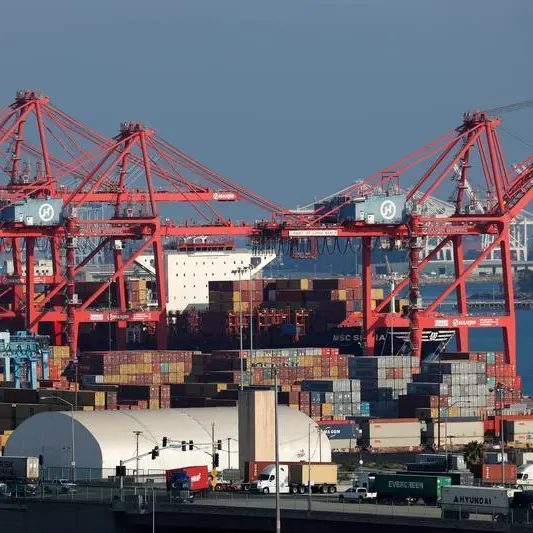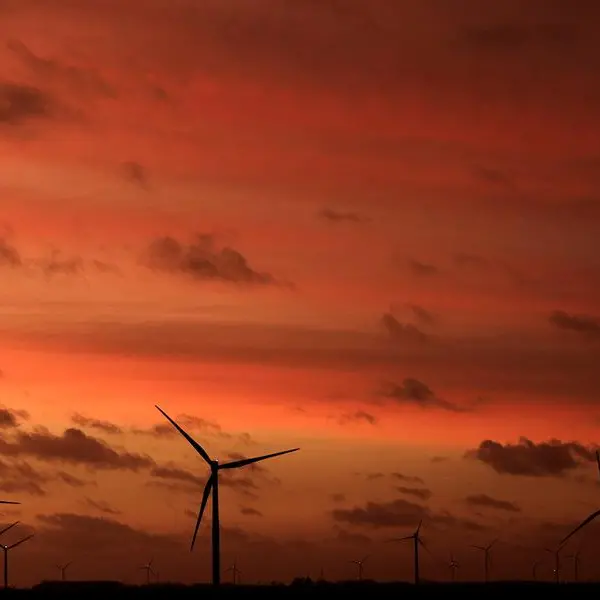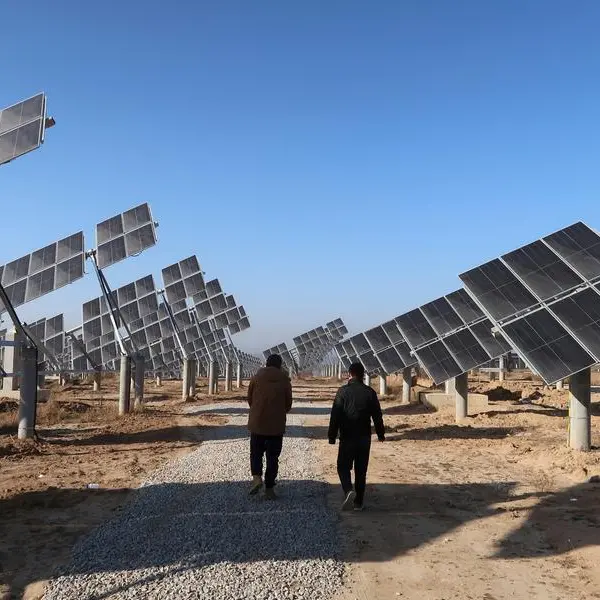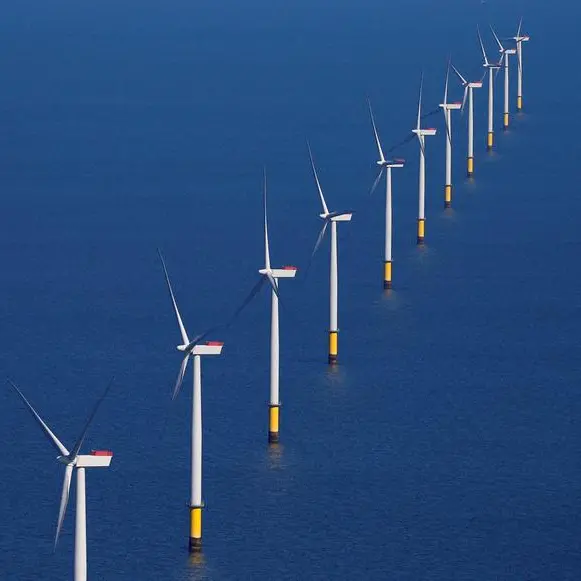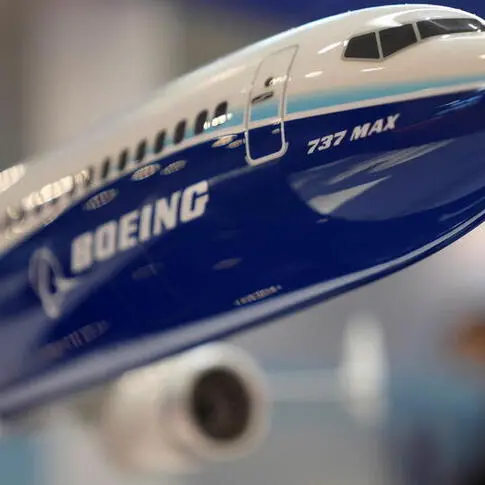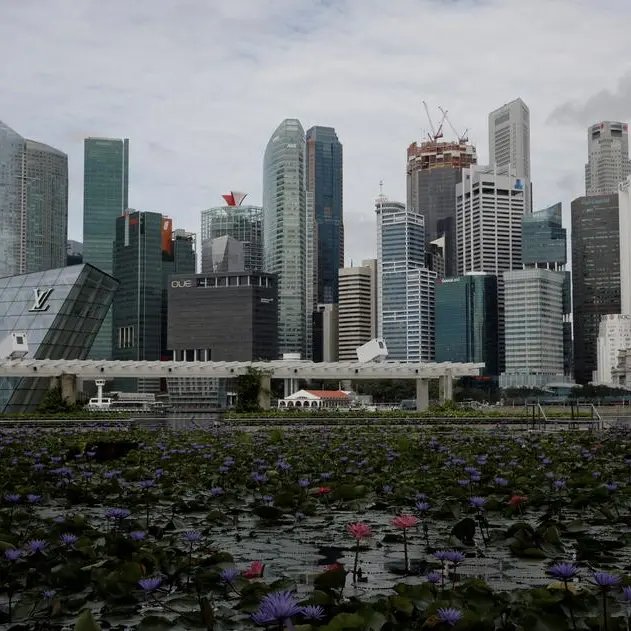To quote a famous Jeff Bezos line about investing: "Given a 10% chance of a 100 times payoff, you should take that bet every time." In other words, when you see an opportunity for a huge win you should go for it. Right now, Dubai’s commercial real estate market offers just such an opportunity for investors – but with the odds significantly more in their favour.
The emirate is continuing to defy the global commercial real estate slump, notably seen in the US and Europe. The US is suffering one of the steepest price declines in at least half a century, according to the IMF. In sharp contrast, Dubai is witnessing unprecedented demand driven by a persistent influx of business owners who continue to relocate their operations to the UAE.
In H1 last year alone, more than 30,000 new companies were set up with the Dubai Chamber of Commerce and there were 228,777 commercial property transactions. As we sit now in 2024, the demand for offices, warehouses, retail units, and healthcare properties is increasing even further. In fact, Dubai’s central mainland areas are said to be at 90% plus occupancy rate regarding offices and retail – from a personal perspective as a consultant driving around and making calls to building owners and independent property owners, I would say the occupancy is closer to 95%.
For those seeking a bargain for rental rates in central areas, be prepared for a fast-paced and time-consuming venture. According to media reports, office and retail spaces rentals have been up by as much as 300% in some prime areas in the last 24 months.
Higher rental yields
This tension between supply and demand will be particularly noticeable in the office segment as the growing number of international companies establish roots in the emirate and prices inevitably go up.
This situation could lead to higher rental yields for investors, plus limited availability often drives up property values, offering potential for capital appreciation – investors therefore stand to benefit from potentially stronger long-term returns. Of course, on the flipside this may result in higher rental costs for tenants and limited choices for businesses seeking space.
It is true that 2024 promises a plethora of major commercial real estate launches, but the number of projects slated for actual delivery is quite low. So, as this lack of new supply continues in the months ahead, watch out for Dubai hotels increasingly transforming into multifaceted hubs encompassing offices, retail, and residential spaces – especially considering the aging Sheikh Zayed Road, which poses challenges for existing towers to command higher rents.
At the same time, new residential towers will look to incorporate retail units on their ground floors. A noteworthy example showing the demand for these mixed-use environments is that only one tower in Jumeirah Village Circle (JVC) boasted integrated offices in 2023, and these spaces were snapped up immediately in off-plan sales.
A persistent trend is the unstoppable rise of co-working spaces in Dubai catering to diverse requirements, budgets, and clients – from larger enterprises in search of a temporary base to leaner companies opting for minimalist operational setups, alongside startups, freelancers, and companies with less demand for large space. Business Centers offer quick and easy solutions for a large number of SMEs.
Scarcity of available properties
In this commercial landscape, the scarcity of available properties presents a unique advantage for astute global investors. The correlation is clear: limited inventory fuels competition, in turn driving property values upwards and maximising returns on investment.
Such conditions offer investors the potential for substantial long-term growth and stability in their portfolios provided they invest their money in a property that has the ability to satisfy a target market regardless of a lack of supply for prospective tenants.
This is all set against an enticing environment in which Dubai continues to assert its status as a global business hub through strategic initiatives. This includes heavily investing in cutting edge infrastructure such as the repurposed Expo City site and promoting innovation through initiatives like the Dubai Future Accelerators. Not to mention favourable tax policies and ambitious schemes like the Dubai Economic Agenda D33 which aims to double the size of the emirate’s economy and establish it as one of the top three global cities within the next decade.
And for commercial investors eyeing the long term rather than a quick win, Dubai's Vision 2040 could be seen as reassuring. This ambitious roadmap for the city's development places a strong emphasis on enhancing the real estate sector to accommodate growth, diversity, and sustainability while maintaining its position as a leading global destination.
With that in mind, Dubai and the UAE have many strengths; the economy shows great diversity and competitiveness. With reference to the federal government there is low dept and a high GDP per capita as well as limited financial risk. Following on from that, we can see some challenges that should be considered such as geopolitical tensions, financial exposure to sustainability and carbon transition and, policy transparency and data sharing similar to that of its global counterparts.
All in all, the challenges do not seem so threatening and the opportunities that the UAE and Dubai has to offer should out-way its threats in the mid to long term.



